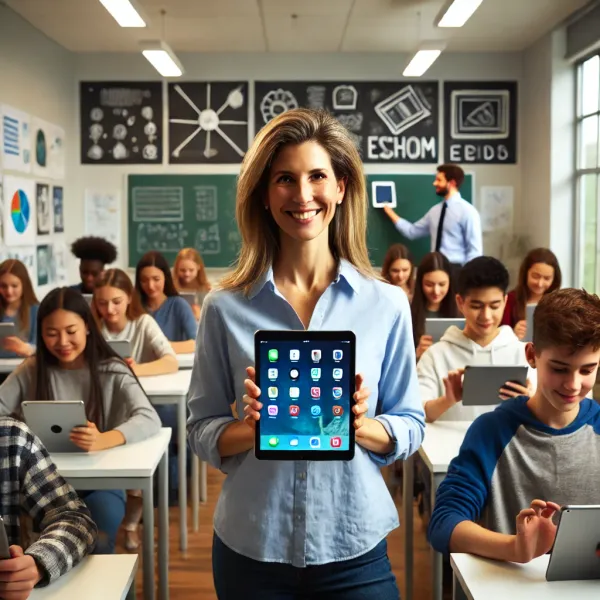The Power of Microlearning in the High School Classroom

As educators, we’re constantly on the lookout for innovative teaching strategies and tools to enhance student engagement and learning. Microlearning, an approach, involves delivering concise, bite-sized lessons that are easily digestible and memorable for students. In this blog post, I’ll delve into the concept of microlearning, examining its implementation in high school classrooms, the techniques employed, and its potential benefits. Furthermore, I’ll offer practical examples of microlearning and illustrate when it’s most suitable for educators.
So what is microlearning?
Microlearning is an approach to education that emphasizes delivering information in small chunks. Instead of attempting to teach complex concepts in lengthy class sessions, microlearning focuses on breaking concepts down into easily bite-sized pieces. Students can consume this information quickly and efficiently, which helps to reinforce their learning.
What does microlearning look like in a high school classroom?
Microlearning in high school classrooms typically involves delivering lessons in 5–10 minute segments, either through video or text-based content. This approach can help keep students engaged, as it doesn’t require them to sit through lengthy lectures. It also allows students to revisit the content as needed, so they can absorb the information at their own pace.
What are some microlearning techniques?
Microlearning techniques can take many forms, such as using interactive quizzes and assessments to reinforce learning and applying gamification strategies to inject elements of fun into the learning process. Other approaches include knowledge checks and the use of multimedia elements such as videos, podcasts, and infographics.
What are some benefits of microlearning?
One of the key benefits of microlearning in the high school classroom is its ability to facilitate long-term learning retention. By breaking down complex concepts into manageable chunks, students can develop a deeper understanding of the material, which can then be built upon in subsequent lessons. Additionally, microlearning can help improve student engagement, as it allows students to consume information in smaller, more manageable pieces.
What are examples of microlearning?
In language arts, a teacher may deliver microlearning lessons on grammar, spelling, or sentence structure. In history, microlearning lessons could be used to educate students on specific historical events or individuals. Finally, in math, microlearning lessons could focus on specific formulas or equations, helping students develop their mathematical competency and problem-solving skills.
When would a teacher use microlearning in their classroom?
Microlearning is an effective strategy to use in a variety of situations, such as instances where a teacher needs to present new information quickly or wants to reinforce previously taught concepts. This approach can be used to supplement longer classroom sessions or as a standalone teaching method for complex topics.
As you can see, microlearning is an excellent strategy for breaking down complex concepts into easily digestible pieces. By using microlearning techniques and incorporating multimedia elements, educators can deliver engaging and interactive content that students can absorb at their own pace.



